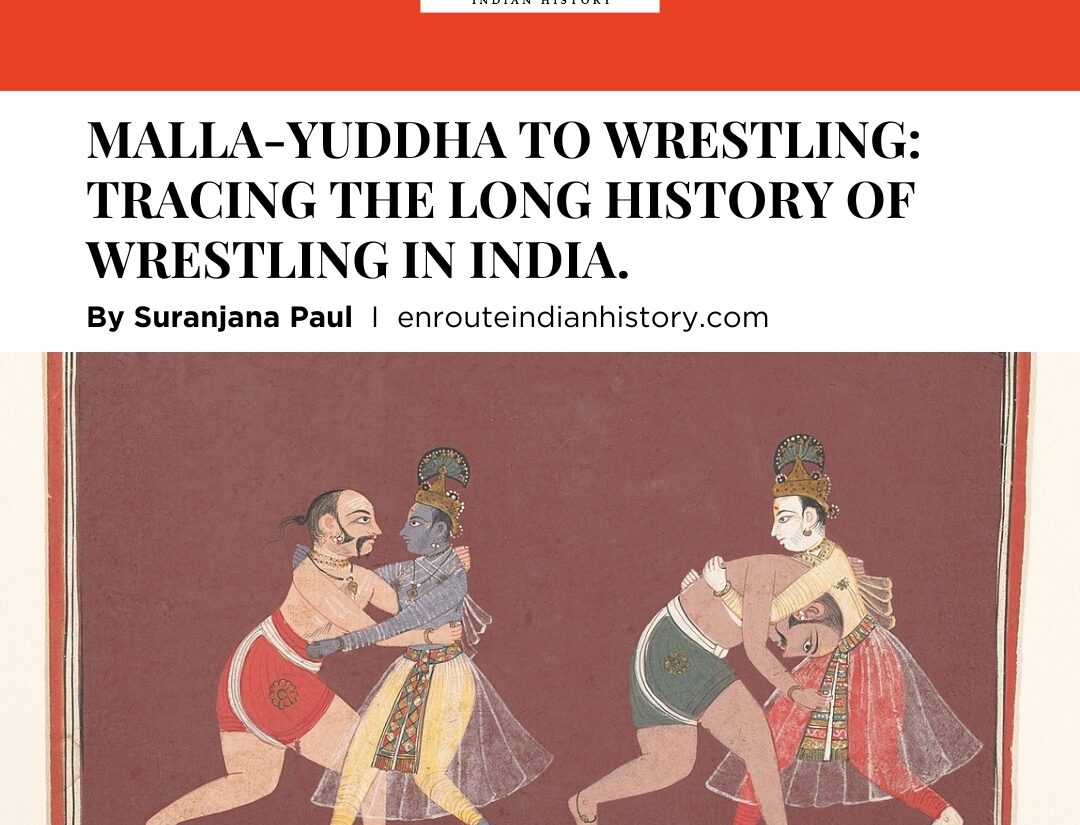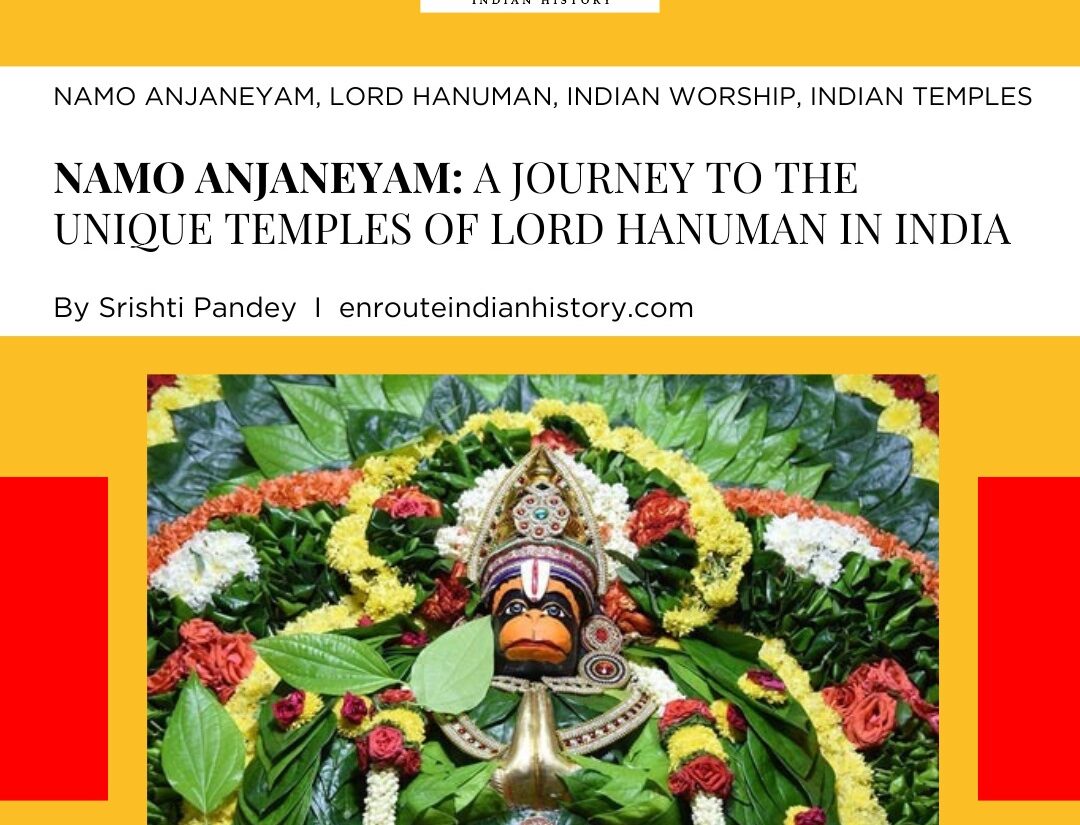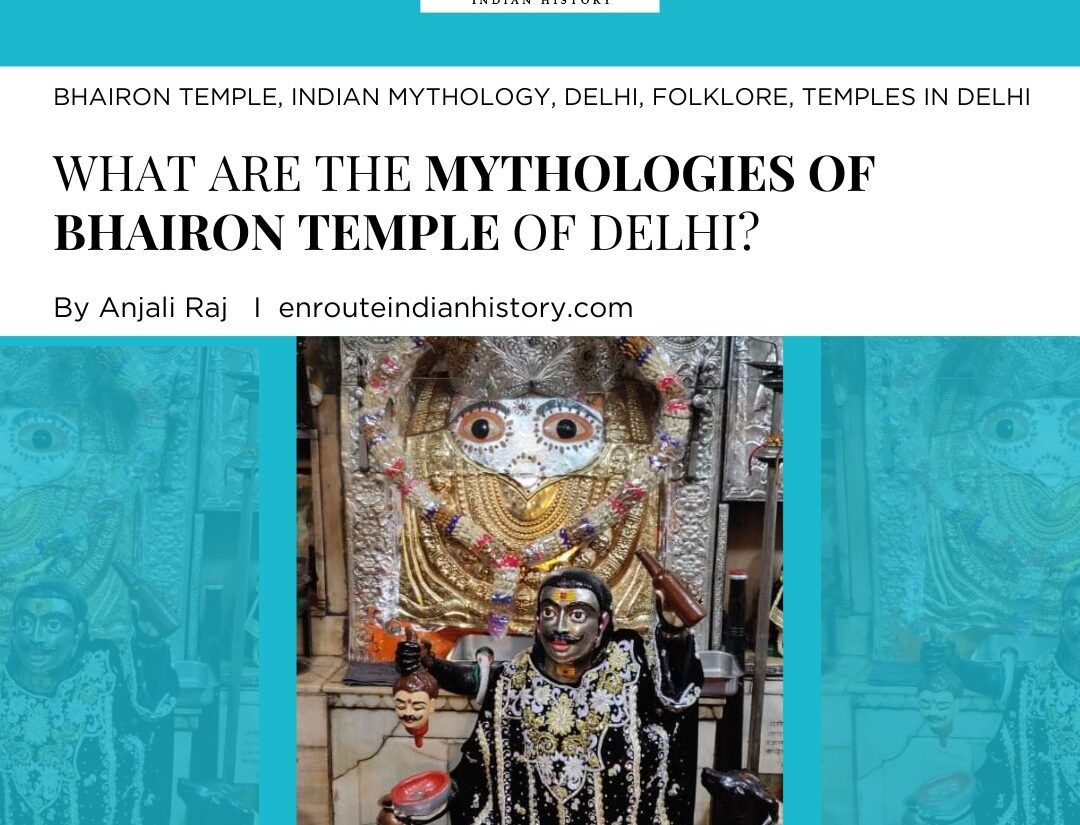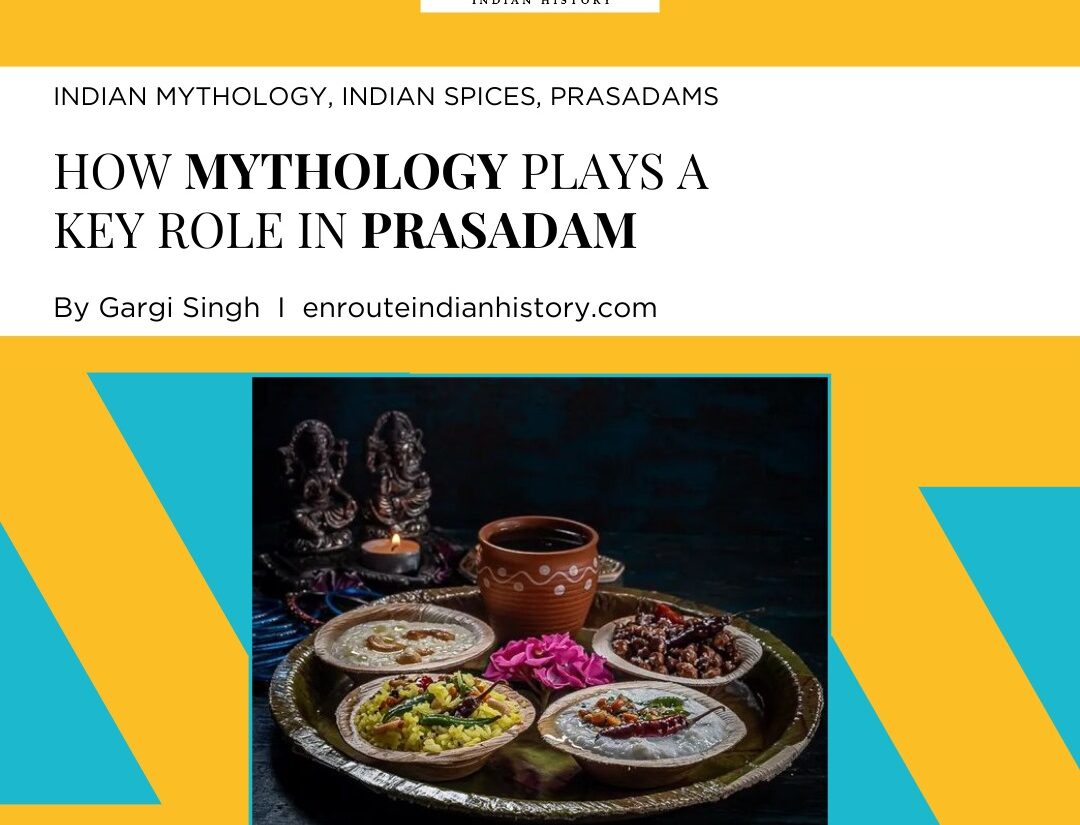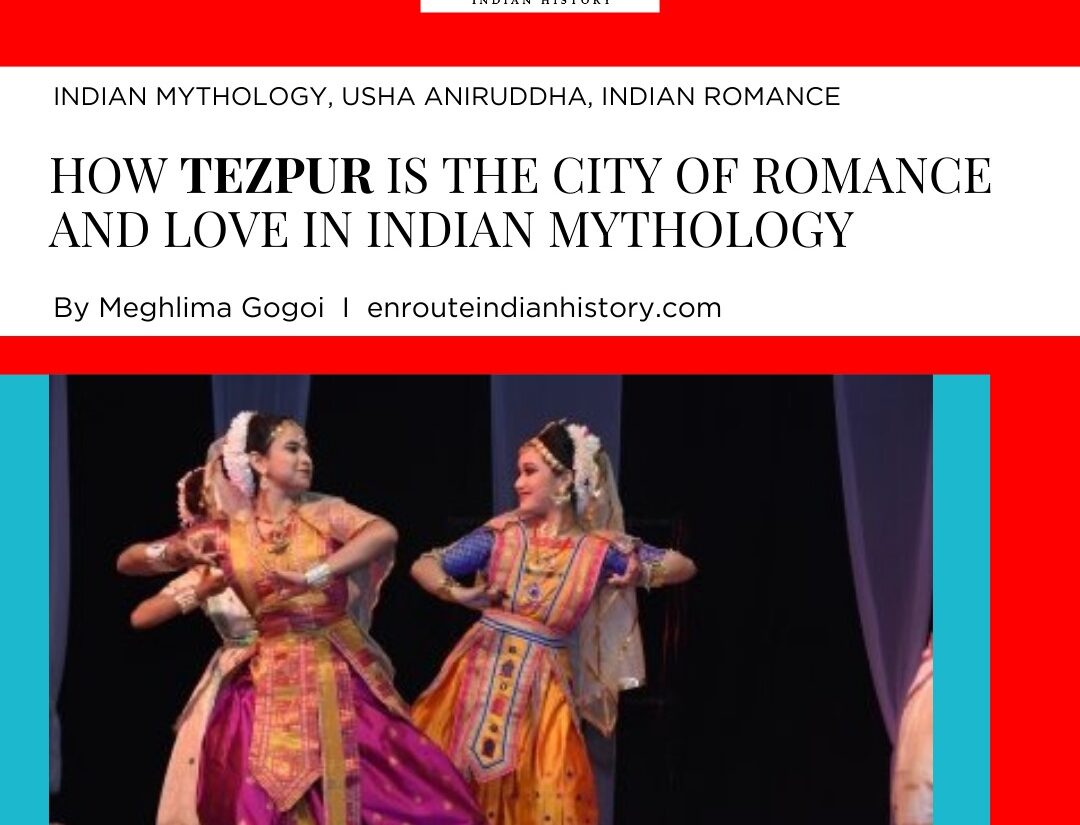MEITHEI VAISHNAVISM: THE SPREAD OF RADHA-KRISHNA BHAKTI IN MANIPUR AND IT’S IMPACT.
- EIH User
- September 6, 2023
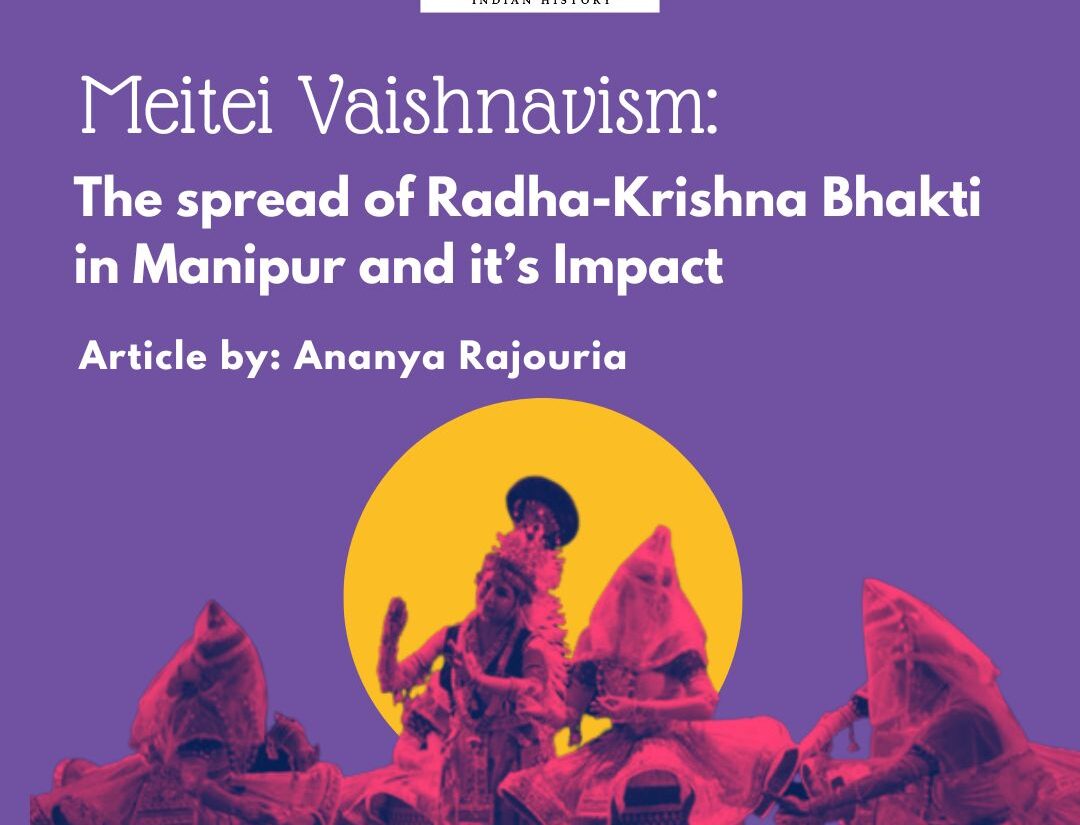
Krishna Bhakti has spread far and wide, attracting foreign nationals to Vrindavan in search of Govind and seeking peace. However, before all this, the idea of Radha-Krishna Bhakti traveled within the Indian subcontinent through the spread of Vaishnavism and reached as far as the north-eastern state of Manipur. Manipur can be divided into hills and valleys and is the traditional home of the Meitei community. The history of Manipur can be traced back to 33CE and has been referred to in the religious text as being a Krishna-conscious state since the beginning. However, this idea is superimposed. The recorded history of Manipur in the royal chronicle of Manipur – Cheitharol Kumbaba covers the history of the kingly rule and how changes in religion and ethnicity evolved. It carries legends and myths describing how Manipur’s ancient Sanamahee (Sanamahi) religion was overpowered or amalgamated with Radha-Krishna bhakti.
(Source: World Pilgrimage Guide; Statues of Krishna and Radha, Govindaji Temple, Manipur. Originally built in 1846)
In Manipur, the Meitei do not worship Krishna alone but as Radha-Krishna. This rise and spread of Radha-Krishna bhakti, according to K.B Singh(1963) is the result of “cross-fertilization of the two religious forces- Vaishnavism and Sanamahee.” It was in the 18th century that the spread of the Vaishnavite faith became materialized in the history of Manipur. The year 1704 witnessed the conversion of the then-King Charairongba and the royal family to Hinduism, becoming the first Meiteis Hindus. The new Vaishnavite faith under Charairongba did not give much weight to the Radha-Krishna bhakti. The worship of Krishna as Govinda became integral to Meitei worship during the third quarter of the 18th century due to the spread of the “Chaitanyite Vaishnavism” of Bengal into Manipur.
The Chaintaniyite Vaishnavism that spread into Manipur has two core elements – emotional love and devotion towards Krishna as spiritual realization and Radha as his (Krishna’s) eternal consort. The Meiteis perceive Radha through the ‘Panakiyabadi’ doctrine that maintains Radha as the wife of the other but the mistress of Krishna as opposed to the Svakiya doctrine that considers Radha as the wife of Krishna. The Vaishnavite faith in Manipur undeniably has witnessed a local influence, concerning the worship of Radha-Krishna and other Hindu deities, the Brahmins have dominated the sphere. In most of the Meitei households, the eldest member would have a wooden box containing a small picture of Shri Govinda or Krishna, a rosary of tulsi beads called mala, pieces of Chandan, a comb, a mirror, and Chhapa to mark a tilak.
KING BHAGYACHANDRA AND KRISHNA CONSCIOUSNESS

(Ching Thang- Khomba, Raja Bhagyachandra; Image Source: Public Domain)
Chaitanya Viashnavism and Radha-Krishna Bhakti flowed throughout the valleys of Manipur during the 18th century. This period coincided with the reign of King Ching Thang Khomba, popularly known as King Bhagyachandra in the history of Manipur. ‘Rajarsi’ Bhagyachandra ascended the throne in 1759, his rule was marked by Burmese conflicts with Manipur and his assertion of faith in Krishna in seeking refuge and solutions to his problems. In 1762, when the Burmese invaded Manipur, Bhagyachandra took refuge in the court of the king of Ahom (Assam). The legends of Bhagyachnadra as being a staunch devout and able ruler were well known. However, during his refugee, the king of Ahom received a letter from Bhagyachandra’s uncle who warned the king that the one seeking refuge was not Bhagyachandra, as the real king of Manipur possessed supernatural powers. Threatened by this letter, the Ahom King devised a test in which unarmed Bhagyachandra was to catch and tame a wild elephant. Worried Bhagyachandra prayed to Lord Krishna, who later appeared in his dream and advised him to enter the arena with a garland and japa beads in his hands and the victory would be his. According to the legend, Krishna also made him promise to install a sculpture of Govinda made out of a Jackfruit tree when he returned to his kingdom. He even revealed his rasleela to King Bhagyachnadra.
The next day, Bhagyachnadra did as Krishna advised him in his dream, and the wild elephant kneeled before him. According to the legend, Krishna sat on the top of the elephant’s head like a mahout. When the Ahom King witnessed this, he offered his assistance to Bhagyachandra to win his kingdom back. As promised, Bhagyachandra ordered his men to look for the jackfruit tree on the Kaina hill slopes, from which four beautiful sculptures were craved by Sapam Lakshman. The first sculpture of ‘Sri Vijaya Govindaji’ was beautiful but it did not match Krishna’s image in Bhagyachnadra’s dream. As a result, three more were carved until the sculpture of Govindaji (Krishna) was created. It was installed on a full moon day in 1776. The king went on to the extent of making ‘Govindam’ – worship of Radha-Krishna as the state religion.

(Source: MDPI; A statute of Bhāgyacandra mounting the elephant is displayed in a marketplace.)
Bhagyachandra also dedicated his throne to Lord Krishna and proclaimed that he would fulfill his royal duties as the servant of the lord Govind. This act of ceremonially ceding his throne to Krishna reformed Manipuri’s sovereignty and created a devotional link to Vaishnavism. Later years of Bhagyachandra’s reign were marked by the recitation of sacred literature such as the Puranas and epics and he even minted several gold and silver coins with “Shri Radha Goivindji” inscribed on them. In 1798, after ruling for thirty-nine years, Bhagyachandra retired passing his royal duties to his eldest son. His last years were spent in Krishna Bhakti and was given the title ‘Rajarsi’ meaning ‘sage in the form of a King.’ However, it was not just Bhagyachandra who was devout, In 1793 Queen Yipemma Yangampi Reimakhupi performed a pilgrimage to Vrindavan with an image of Radharaman (a name for Krishna). Several Meiteis traveled to Vrindavan to accumulate religious capital and exercise it in their region.
The Meitei faith in Radha-Krishna is fully exalted in their Raas-Leela dance where the main theme is centered around the love of Radha and Krishna. Even the Vaishnava literature that spread among the Meiteis was Jayadev’s Gitagovinda (a 12th-century Bengali poet) propagated the festive aspect of the faith by immortalizing the love for Radha-Krishna. Ras-Leela is also related to Sankirtana which is ritualistic musical worship. Sankirtana is an important factor that favored the acceptance of the Krishna faith by the Meiteis. It infuses the creative genius of the Meiteis where dance and music become central to their religion and provide an emotional outlet to the people. Raas-Leela is a dance drama that depicts the dalliance of Krishna with Radha and several other gopis. The first Raas-Leela was performed during the reign of Bhagyachandra in the year 1779 in a rasa-madala, specifically designed for the lord Govinda or Krishna. The King Bhagyachnadra himself became a mrdanga drummer and the Maharas lasted for five consecutive nights starting from full moon night.

(Source: Manipur tales; Manipuri Raas-leela depicting Krishna and Gopis)
While the statue of Lord Govind served as Krishna during Raas-Leela, there was no deity of the Lord’s consort- Radha. This need was fulfilled when Bhagyachndra betrothed his daughter, Princess Bimbavati to Govindji or Krishna. According to the legends, the princess was so overwhelmed by her devotion towards Krishna that she spent the rest of her life in ‘Krishna-Bhakti’. Princess Bimbavati became famous in Manipur’s history as ‘Sija Lairoibi’ meaning ‘the princess who owned the lord’. Later, a golden deity of Radha was made in her likeness. Arambam Lokendra, a Manipuri historian asserts that Raas-Leela was not just a dance event. It was a practice to consecrate Krishna as the king of his land. Several Meitei legends believe that Bhagyachnadra devoted two more Raas-Leela to Govindji. However, the written royal history of Manipur makes no mention of it.

(Source: The Manipur Page; A baby dressed as Krishna)
In several instances, the Vaishnava tradition and the indigenous tradition of Meitei show a syncretism. During a boat race, a procession of ‘Vijay Govinda’ (Krishna) is taken out and offerings are made. Similarly, during Janmashtami, traditional Manipuri games are played in Meitei festivals such as ‘Yubi-Lakpi’ and ‘Likol-Sanaba’, a game played with cowrie shells. However, the spread of Krishna consciousness in the state was not unanimous everywhere. From the 1860’s a strong resistance against the Vaishnavite faith was witnessed in Manipur. The resistance was at its core, a revivalist movement of Meitei traditions. The chief proponent of this revivalism was Laininghan Naoriya Phullo. He reaffirmed the faith of people towards the worship of Sanamahee gods as opposed to Radha-Krishna. He also resisted the imposition of the Bengali script and asserted the revival of the Meitei script.
However, the persistence of Radha-Krishna Bhakti among the Meiteis is because the devotion is based on the precarious legend of Radha-Krishna which involves local context, kings, conflicts, and traditions. This legend is not taken as a symbol of devotion or religious mythology but as a reality of Manipur’s religious history. Thus, Krishna remains in the religious discourses and practices of Meiteis along with their Sanamahee religion.
REFERENCES:
Singh, Kunj Bihari. “Manipur Vaishnavism: A Sociological Interpretation.” Sociological Bulletin, vol. 12, no. 2, 1963, pp. 66–72. JSTOR, http://www.jstor.org/stable/42864621.
Devi, Senjam Purnima. “SYNCRETIC PRE-HINDU RELIGIOUS ELEMENTS IN HINDUISM IN MANIPUR.” Proceedings of the Indian History Congress, vol. 79, 2018, pp. 869–74. JSTOR, https://www.jstor.org/stable/26906326.
Sebastian, Rodney. 2021.Refashioning Kingship in Manipur in
the 18th Century: The Politico-Religious Projects of Garibniwaz and Bhagyacandra.
Religions 12: 1041. https://doi.org/ 10.3390/rel12121041
- August 8, 2024
- 8 Min Read
- April 25, 2024
- 14 Min Read
- February 16, 2024
- 8 Min Read

